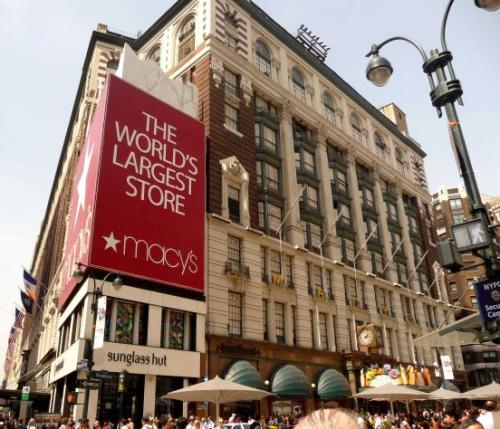
Luxury and traceability: what future for IoT?
More than a simple tool, traceability is an integral part of the logistics strategies of the luxury industry: fight against counterfeiting, simplification of inventories, but also and above all data analysis and customer experiences. Between new expectations and market changes, how does IoT (Internet of Things) technology play a major role in this vision of the supply chain?
New challenges for traceability
For a few years now, it has been the talk of the town. And for a good reason, traceability is a real revolution in the luxury industry. Transparency and optimized inventory management, fight against counterfeiting ... It has many advantages and this, thanks to its real-time vision of the production chain, until the act of purchase. An optimization made possible thanks to the IoT (Internet of Things) and its connection of all the links in the chain. But today, beyond logistics simplification, it is above all the challenge of customer experience and data management that interests industry players and is at the heart of the supply chain market.
IoT & customer experiences: a necessary optimization
The concept of the "Internet of Things" can be translated as the materialization of internet flows in the real world. An IoT system brings together many actors and technological components. Connected objects, wireless communication networks, data processing platforms... and above all, an assurance of the reliability of the entire chain.
Ideal for the luxury industry, which is seeking to seduce an increasingly demanding clientele. A concrete example of the use of IoT is Louis Vuitton, which offers connected and traceable luggage via a smartphone application developed by the French company. This device, called Louis Vuitton Echo, allows electronic devices to operate worldwide by automatically adapting to local radio frequency standards, and thus receive (among other things) a notification when the baggage has arrived. This is a major innovation made possible by the IoT, which is part of a desire to optimize the customer experience by making it unique and ever more connected. But, more than a simple personal use, the current objective of brands is to focus on the interaction with the customer.

Example with the department store chain Macy's in New York or Bloomingdale's and their omnichannel strategy system. Indeed, thanks to the digitalization of the supply chain and the IoT, the stores want to rely on interactivity and on an increasingly targeted data management. To do so, wireless devices have been installed, allowing to broadcast offers in a geolocalized way. Thus, when customers walk through the different areas of the stores, the beacons are triggered and propose the most relevant and attractive offers directly to their smartphones.
A unique and personalized link that not only builds loyalty, but also stimulates the act of buying in physical stores.
Another notable integration of the IoT: Smart tags. Indeed, this technology allows to modify in real time the prices of an entire collection, for example, in a particular store, according to supply and demand. This system can be found in the hotel, fashion and beauty sectors. It is clear that this real-time pricing meets an immediate need to adapt to a constantly changing market. Merchandising optimization is also a strong point in the use of IoT. Indeed, based on the analysis of data, the results of visits and customer reactions, brands can optimize their sales space in a consistent way. Positioning of the new collection, lighting, music, colors...everything is in line with the behavior and expectations of customers.
As Thibaut de La Rivière, Director of Sup de Luxe, sums up: "For the luxury sector, the supply chain is no longer just there to certify, control origin, authenticity and avoid fraud, but also to innovate in terms of customer relations and data analysis. This is a sine qua non condition to continue to adapt and make people dream".